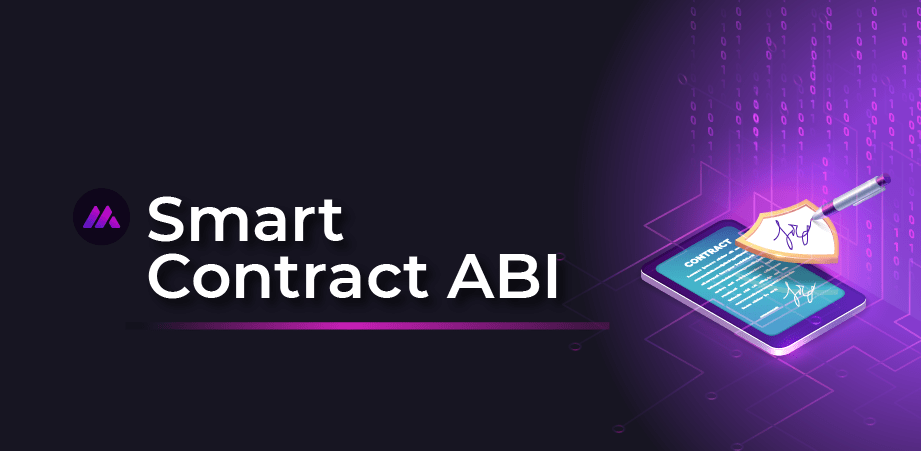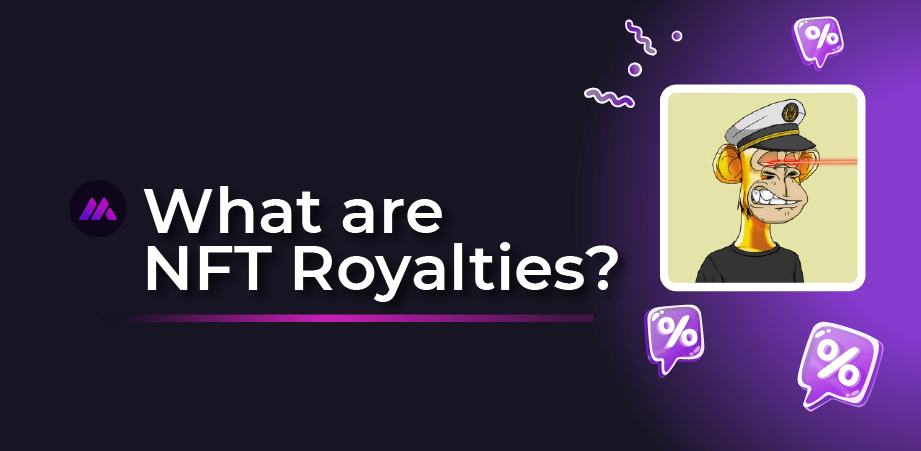|
Getting your Trinity Audio player ready... |
Web3 economy is ushering in. The solid proof of this is the blockchain-based cryptocurrency revolution, followed by the idea of digital asset ownership propagated by Non-fungible tokens. However, digital artists have been deterred from creating more NFTs due to the high gas fees and marketplace fees associated with them. Well, a new concept comes in—lazy minting. Read on to learn about lazy minting of NFTs, how it works, why you should opt for it, and more!
Contents
What is the Lazy Minting of NFTs?
NFTs are an amazing means for digital artists to showcase their talent. With your artwork stored as an immutable digital asset on the public distributed ledger or the blockchain, your work is secure while open for display. Nevertheless, a prime factor that concerns digital creators is the exorbitant gas fee and the account/marketplace fees associated with NFT minting. This deters most artists from moving further and creating their masterpieces.
Enter lazy minting – this is a relatively new concept that significantly reduces the costs and risks of minting NFTs. It ensures that the minting fee is included in the sale transaction and that the token is assigned to the individual/party who purchases the asset. In other words, you, as a creator, don’t need to pay until your NFT work sells. Isn’t that a great benefit? Additionally, the creators can easily monitor their profits and losses and stay on track. All the information related to the ownership and transaction of the NFT is stored in the blockchain. Creators can access the data and stay updated on what’s happening with their art, who owns it, and such.
Compared to conventional minting procedures, this is much more cost-effective and lets creators operate in an environment of mitigated risk. Another key benefit is that this kind of arrangement allows digital artists to set aside their anxieties on the cost-related aspects and instead focus their creative energies on carving newer pieces of art.
How Does Lazy Minting Work?
In the case of conventional minting, the creators had to call the contract, and that was a required feature to publish and store the non-fungible tokens on the blockchain. On the flip side, in lazy minting, the artists don’t directly create the non-fungible token. Instead, they create a ticket or a voucher containing all the details about the NFT, such as its utility, rarity, the smart contract, etc., and most importantly, their signature. The signature is stored on the public blockchain with all the data on the creator, which authenticates the voucher. This voucher can be redeemed only when the NFT sells. To ensure the voucher is secure, Ethereum developers have brought in a standard specifically for signing such tickets.
That said, with lazy minting, digital creators don’t need to call the non-fungible token to the blockchain network. They authenticate the sale with their signature on the voucher without paying the minting fees. When purchasing the asset, the buyer pays the minting fee and the fee for the non-fungible token. From the buyer’s perspective, the token is stored on the blockchain and in the buyer’s wallet. This assures the buyer there’s no fraud as the signature is verified and the sale is authorized.
Why is Lazy Minting of Your NFTs Beneficial?
As mentioned, lazy minting offers various benefits compared to conventional minting options. There are multiple reasons why NFT creators should go for lazy minting. First and foremost is the reduced gas fees, which have always been a major cause of concern for artists. It lets the NFT sellers include this fee in their pricing model and relieves the burden on the creators. Second, eliminating gas fees lets more artists join the NFT revolution, fostering creativity and removing the barriers to entry. Yet another aspect that benefits creators is the easy liquidity that lazy minting brings. It obviates the need for creators to wait indefinitely for the transfer of tokens after the sale. Additionally, it lets creators track their transactions and profits/losses easily. Besides, lazy minting makes NFT trading more flexible for artists as they can choose instant or delayed transfers depending on their requirements.
Furthermore, from a buyer standpoint, lazy minting prevents any fraud and ensures that only genuine assets and not counterfeits are put on sale. Finally, it offers a convenient way to track the ownership of the NFTs, preventing any disputes that may arise due to misinterpretation of who owns the asset.
Why Should You Choose Us?
At iMintify, you can create your NFT art with lazy minting in just a few simple steps. All you need to do is:
- Get started with creating your smart contract. Select the NFT drop contract. By default, it selects the lazy mint option.
- Next, define how to mint the NFTs using claim phases.
So, how do we differ? In the case of other wallets, NFTs are minted by claiming them, and in that process, they pay the gas fees associated with minting the NFTs.
If you are interested in delving into our lazy minting of NFTs, feel free to reach us here.



